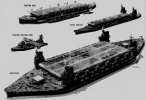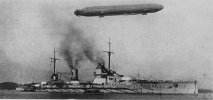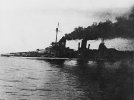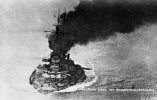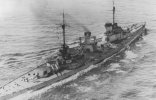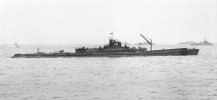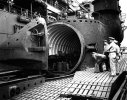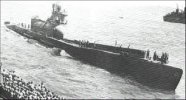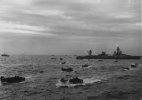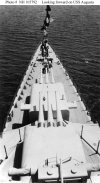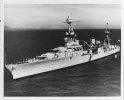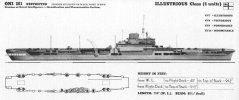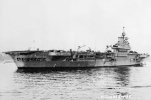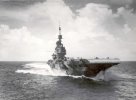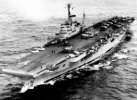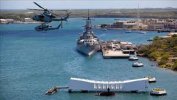The British decision to store extra cordite outside of the magazines and disregard safety precautions to maximize rate of fire was the main culprit. Flash earlier recommended “Castles of Steel” and “Dreadnought” by Ronald K Massie and I will second that - excellent books about the naval arms race in the early part of the 20th century.
As an example of the ability to withstand damage, here is the German battlecruiser
SMS Seydlitz, hit by 21 major caliber shells at Jutland to include starting fired that knocked out the aft 2 turrets but the ship survived- barely - after the magazines were flooded.
Commissioned: 22 May 1913, Scuttled at Scapa Flow on 21 June 1919
Length: 658’ 2”, Beam: 93’ 6”. Displacement: 28,550 tons
4 turbines to 4 screws, 88,500 HP gave 26.5 knots
Armor: Belt - 11.8”, Deck - 3.1”
Main armament: 10 (5x2) 11” SK L/50 cannons firing 666 lb shells
12 5.9”, 12 88mm, 4 19.7” torpedoes
View attachment 42657
View attachment 42658
View attachment 42659
Seydlitz, heavily damaged during the battle of Jutland and attempting to limp home
View attachment 42660
View attachment 42661

 worldhistoryedu.com
worldhistoryedu.com

